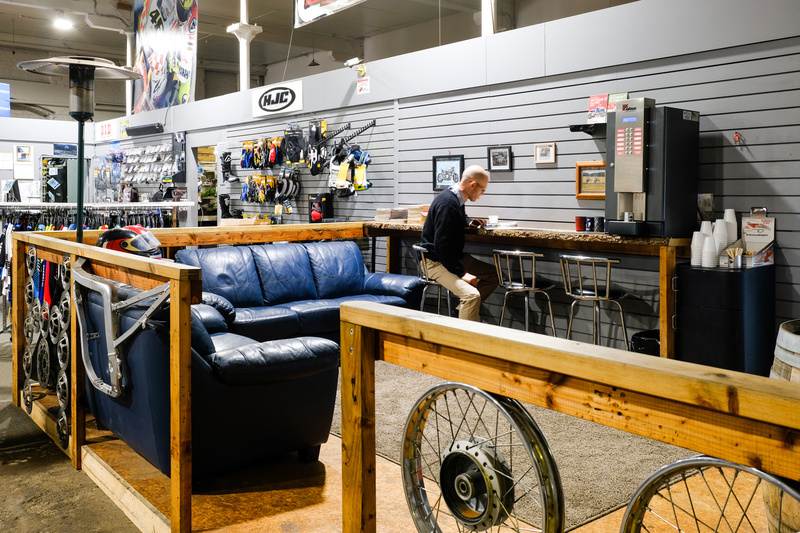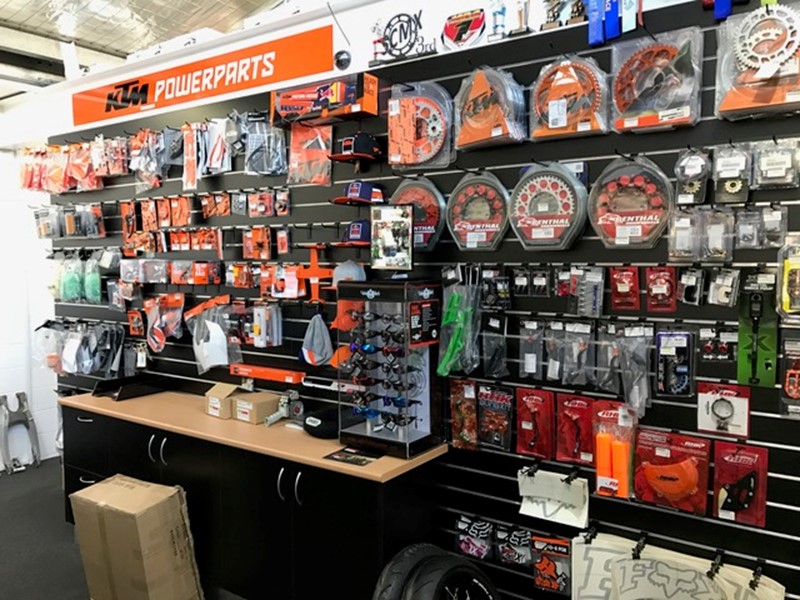Discover Quality Moto Parts NZ for All Your Motorcycle Needs
Discover Quality Moto Parts NZ for All Your Motorcycle Needs
Blog Article
A Comprehensive Take A Look At Motorcycle Components: What Every Rider Must Know
An extensive understanding of motorcycle components is not just advantageous but essential for any kind of motorcyclist aiming to take full advantage of efficiency and safety. Each element, from the engine's detailed operations to the integrity of brake systems, plays an essential role in the overall experience and functionality of the bike. However, beyond feeling in one's bones what these components do, it is important to value how they connect and support each other. This interconnectedness can make the difference between a smooth adventure and unforeseen complications. What complexities lie within this mechanical symphony that every biker should understand?
Recognizing the Engine
The engine, commonly related to as the heart of a motorbike, is a complicated setting up of parts that function in harmony to convert fuel right into activity. At its core, the engine's primary function involves the combustion process, where air and gas mix and ignite within the cylinders, causing regulated explosions that drive the pistons. These pistons relocate up and down, converting chemical power right into power, which subsequently transforms the crankshaft, inevitably powering the bike.

Recognizing the complexities of a bike engine is vital for fanatics and bikers alike. It not just offers understanding right into how bikes achieve their remarkable power and speed however also help in effective maintenance and troubleshooting, guaranteeing durability and dependability when driving.
Suspension Systems
While the engine powers the motorbike, the shock absorber plays a crucial function in ensuring a smooth and controlled experience. The suspension system is in charge of taking in shocks from the roadway surface, preserving tire get in touch with, and supplying stability throughout cornering and stopping. It makes up two primary components: the front forks and the back shock absorbers.
Front forks are usually telescopic, consisting of a springtime and dampening system. The spring compresses and prolongs to absorb bumps, while the wetting device controls the motion to avoid extreme bouncing. This mix makes sure the front wheel remains touching the roadway, offering remarkable handling and convenience.
The back suspension, usually a monoshock or twin-shock arrangement, functions in a similar way to the front suspension yet is tailored to sustain the bike's weight and motorcyclist - motocross gear nz. It takes care of back wheel activity, adding to the bike's general balance and responsiveness
Suspension systems can be adjustable, permitting motorcyclists to fine-tune preload, compression, and rebound settings according to individual preferences and riding conditions. This adjustability enhances performance by enhancing the motorbike's communication with varied surfaces. In summary, a reliable shock absorber is important for biker convenience, safety and security, and the motorbike's managing prowess.
Brake Components
Quiting power is a fundamental element of motorcycle safety and security, and it depends upon the efficiency of the brake parts. The main components of a motorcycle's stopping system consist of the brake pads, calipers, blades, and master cylinder. moto parts nz. Each of these parts plays an essential function in ensuring efficient stopping efficiency
Brake pads are necessary as they create bluetooth atv helmet the essential friction versus the rotors to reduce or quit the bike. Created from products such as sintered steel or natural composites, the option of brake pad material dramatically affects efficiency and longevity. Calipers, housing the brake pads, use stress to the pads when the brake bar is involved, assisting in call with the blades.
The blades, typically made from stainless-steel or cast iron, are mounted to the wheels and act as the surface area versus which the brake pads press. Their layout, including diameter and thickness, influences warmth dissipation and quiting power. The master cylinder, attached to the brake bar, creates hydraulic stress transferred through brake lines to the calipers, guaranteeing consistent braking pressure.
Regular upkeep and evaluation of these elements are vital for optimum performance, protecting against wear and guaranteeing rider security when traveling.
Tire Basics
Beyond maintaining durable braking systems, guaranteeing ideal tire performance is just as substantial for motorcycle security and effectiveness. Tires are the sole call factor in between the motorcycle and the road, making their problem pivotal in handling, security, and overall adventure quality. Choosing the appropriate tire kind is critical, as it directly affects traction and performance. Choices range from visiting to sporting activity tires, each created to accommodate details riding see post conditions and styles.
In addition, think about the tire's age. Rubber compounds deteriorate with time, also if step shows up ample. Inspect the sidewall for the DOT (Division of Transportation) code to establish the tire's age. Usually, replacement is recommended every five years, no matter wear. Investing attention in these tire basics not just enhances efficiency but additionally considerably improves riding safety and security.
Electrical Systems
In the world of motorbike upkeep, the electric system plays an essential duty in making sure trusted efficiency and rider safety and security. This detailed network includes necessary elements such as the battery, alternator, starter electric motor, and electrical wiring harness. Each element is important for the smooth operation of the motorcycle, from ignition to lights and communication with numerous sensors.
The battery functions as the heart of the electric system, providing the necessary power to start the engine and run devices. Routinely checking the battery's voltage and terminals for rust is important to avoid unexpected failures. The generator, on the various other hand, recharges the battery while the engine is running, making certain a constant power supply.
The starter electric motor is liable for launching engine operation, converting electrical power into mechanical power. To keep it, cyclists need to pay attention to any uncommon sounds or difficulties during start-up. The electrical wiring harness offers as the vehicle's anxious system, attaching all electrical elements. Making sure that the wires are undamaged and free from damages is crucial for guaranteeing and protecting against short circuits capability.
Verdict

Quiting power is an essential facet of bike security, and it hinges on the efficiency of the brake components. The primary components of a bike's braking system consist of the brake pads, calipers, blades, and master cyndrical tube.Brake pads are important as they create the required friction against the rotors to slow down or quit go the motorbike.Beyond maintaining robust braking systems, making sure ideal tire efficiency is equally significant for bike security and performance.In the world of motorbike maintenance, the electrical system plays a critical duty in making sure trustworthy efficiency and biker security.
Report this page